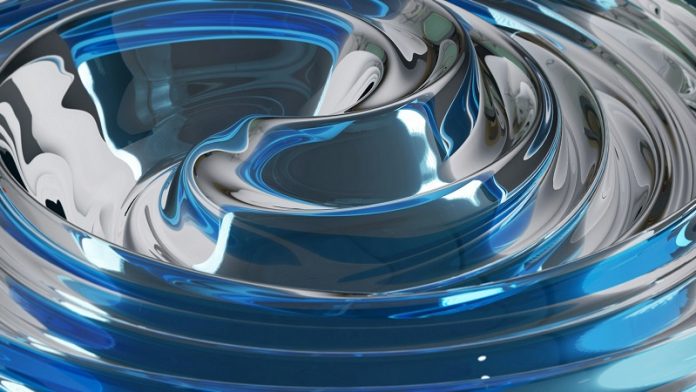
A team of researchers from Japan’s National Institute for Materials Science (NIMS) and the University of Connecticut has developed a straightforward printing method to create tiny patterns on glass surfaces.
These patterns, known as nano and microstructures, can offer special benefits like making surfaces water-repellent or displaying structural colors—bright, natural colors created without dyes.
The technique, recently published in Advanced Science, does not require costly equipment or complicated steps, making it a promising option for a range of useful materials.
These tiny, repetitive patterns, called periodic nano/microstructures, have been a popular research area for their unique properties.
Traditional methods to create these structures, however, are often slow and need expensive, large machines, making it hard to apply them over large surfaces.
Though some printing technologies could achieve similar results, they lack inks and refilling techniques that work well with nano/microstructures.
This new approach from NIMS and the University of Connecticut offers an affordable and practical alternative.
The new technique begins with a flexible material known as PDMS, a type of silicone that holds liquid within it.
PDMS is pressed against the glass, allowing the liquid to seep through its surface and create a wrinkled, periodic pattern. When the PDMS is lifted, the pattern is transferred onto the glass, leaving behind an evenly structured surface with nano or micro-level details.
In addition to the wrinkled effect, the researchers found that other patterns, like column and wave shapes, could be created using the same technique.
By mixing different materials like silicone oils or silica nanoparticles with the PDMS, they can also create unique properties in the structures, enhancing the versatility of the patterns for various applications.
With this breakthrough, the team envisions a variety of uses for these patterned surfaces. The patterns could help prevent fogging on glass, display vibrant structural colors, or serve as superhydrophobic (extremely water-repellent) surfaces.
This feature could be valuable for technologies like gas sensors or even atmospheric water harvesting devices, which capture water from the air. Superoleophobic (oil-repellent) versions could also be useful in industries that need clean, oil-free surfaces.
Looking ahead, the team aims to fine-tune the conditions to create different types of patterns consistently.
By refining this technique, they hope to respond to social and environmental needs, such as developing surfaces that repel water or oils, reducing the need for chemical coatings.
This cost-effective, adaptable approach to nano/microstructure printing on glass could open doors to innovative designs in fields ranging from energy to environmental science, bringing a new wave of functional materials to everyday products.



